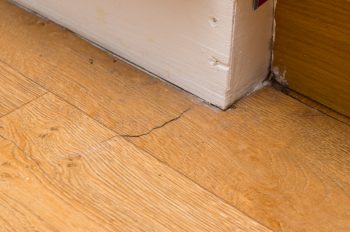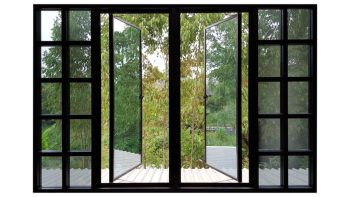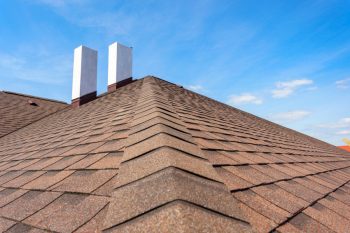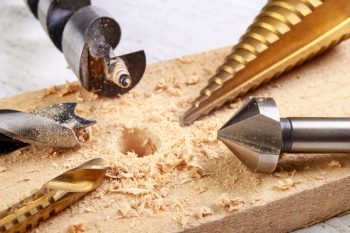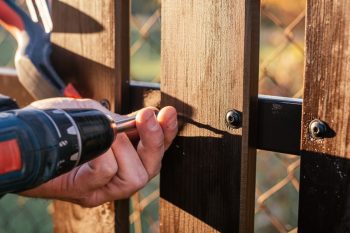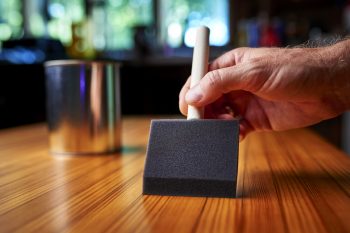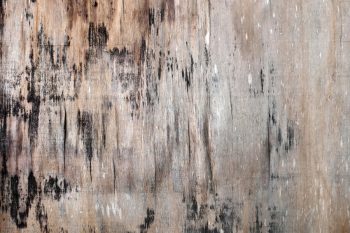
Plywood is prone to delamination for numerous reasons. It could be a manufacturing flaw or improper handling that causes separations between plywood layers.
So what should you do to avoid delamination of your plywood? Don’t worry; we have got you covered.
Fortunately, handling and protecting plywood is not as challenging as it appears. All it requires is proper manufacturing and protection against moisture.
But how will you identify any manufacturing faults? Well, we have also got that covered for you.
So what are you waiting for? Scroll down to learn about the early signs of plywood delamination and how to prevent it.
Plywood is a popular choice for building walls, floors, house frames, and subfloors due to its flexibility and durability. It only requires proper manufacturing and some preventative measures to last a long time.
Follow these four simple tips to keep your plywood as good as new for a long time.
- If you notice any water leaks in your home, get them fixed right away. Any minor or major water leakage can create excessive moisture, which can delaminate the plywood.
- Make sure your house is ventilated to prevent air from trapping inside your surfaces. Install ventilation fans or use windows to allow fresh air inside.
- The nails and screws in your plywood must be placed at least 3/4 inches away from the corners to prevent damaging the layers of your wood.
- When installing or storing plywood, ensure it is not exposed to moisture or any structural damage.
Signs and Causes of Delamination in Plywood
Delamination does not necessarily start at your house; it can begin at the manufacturer’s end and go undetected. So, before learning to avoid delamination in plywood, let’s first understand its causes and signs.
Expanded Edges
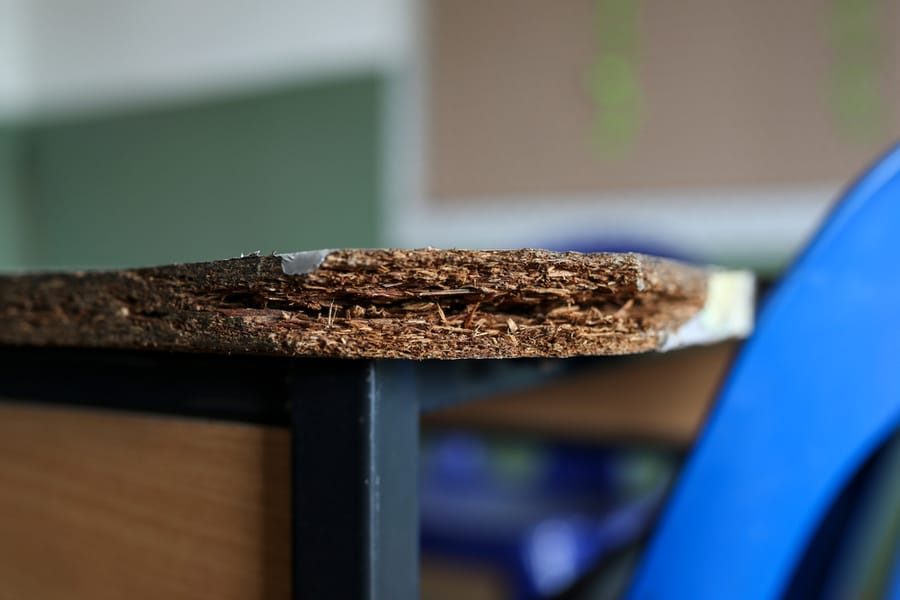
If you notice any damage on the edges of your plywood, do not use it. Expanded edges act as a passageway for moisture, allowing it to seep between the plywood layers. Any damage to the edges is irreversible, often when a forklift attempts to pick up the plywood.
It makes no difference whether you invest in high-quality or long-lasting water-proof glue-manufactured plywood; if you notice any damage or expansion to the edges, do not buy it.
Hollow Spots
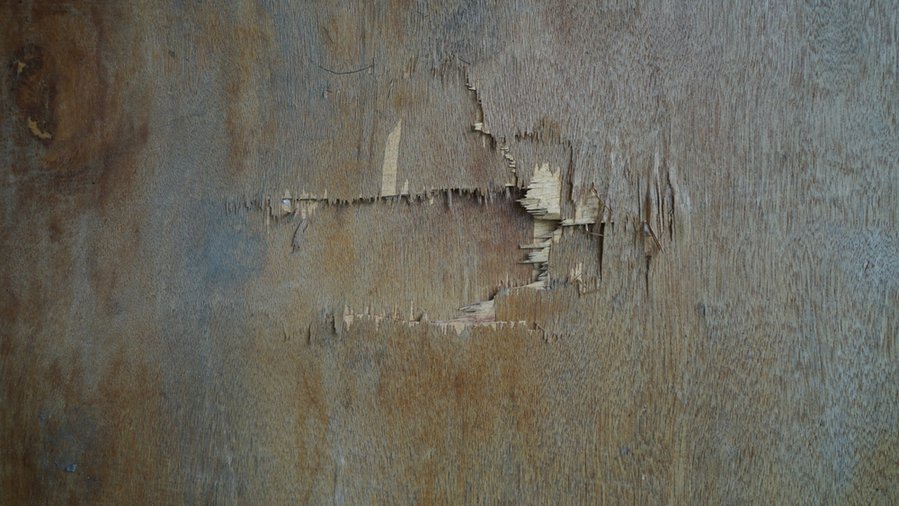
The voids, blows, or hollow spots in the plywood indicate that the wood began to delaminate during the manufacturing process. This happens when the wood is exposed to excessive heat, which turns the moisture into steam, resulting in hollow cavities in the wood.
These voids cannot be seen unless you cut the wood; however, when purchasing plywood, hold it and listen to hollow sounds. If you hear them, reject the wood.
Glue Problems
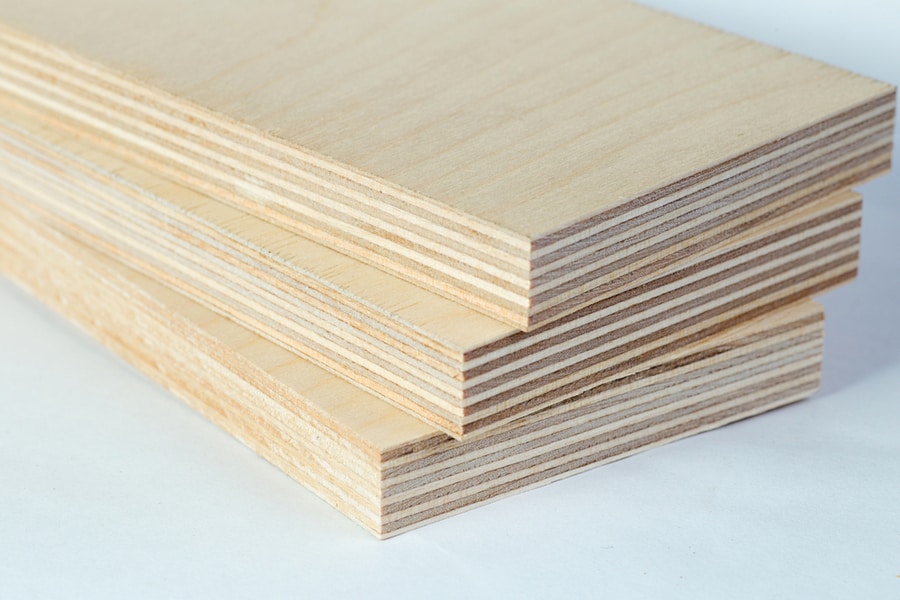
Plywood is manufactured by sticking thin veneer layers together. The more layers, the higher the wood’s quality. However, the glue used to attach the veneer layers should be high-quality and durable.
Furthermore, for it to last a long time, it must be applied correctly. Most of the time, the manufacturing instrument malfunctions and fails to spread a fine layer of glue, resulting in gaps between the layers – good news for moisture.
On the other hand, excessive glue can crystallize the veneer layers and lead to delamination. So, before making a purchase, check the manufacturing process and the glue used to ensure the quality of your plywood.
Screws and Nails

Screws or nails placed close to plywood edges can also cause delamination. The pressure from a fastener can bend the edges of thin veneer, resulting in their separation. This separation between the layers allows the moisture to make its way inside the plywood and delaminate it.
You may not notice it at first, but these separations swell over time as moisture migrates into the surface and worsens the delamination.
4 Simple Ways To Prevent Plywood Delamination
1. Fix Water Leaks
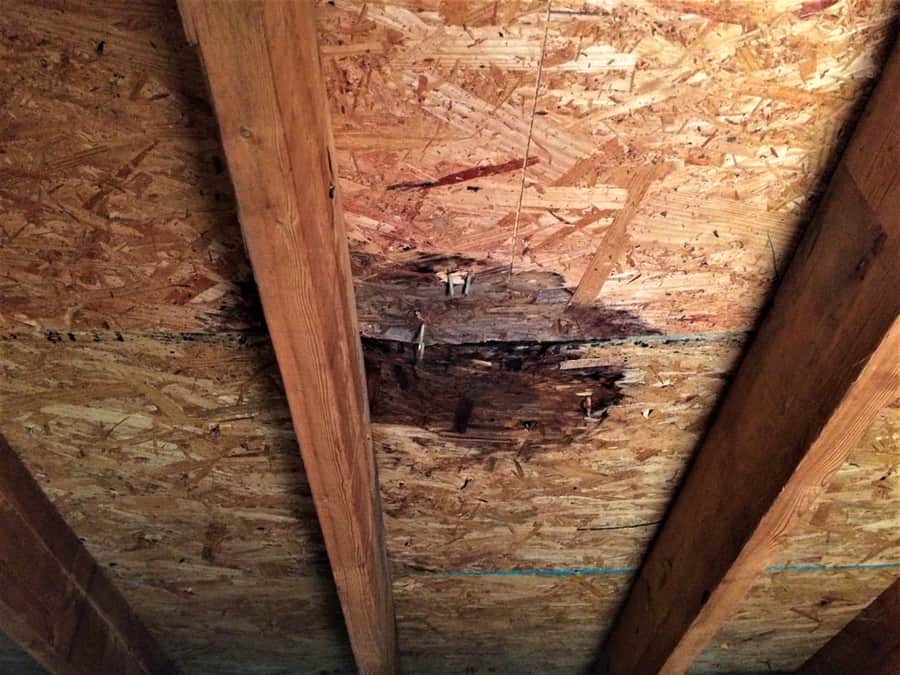
Any water leakage, no matter how big or small, must be repaired as soon as you notice it. The reason is easy to understand – water leads to excessive moisture, and moisture guarantees delamination in your plywood. Keep a check on a leaky roof, faucets, and windows, and fix it before it penetrates the plywood surface.
Additionally, pay attention to any lumps or bubbles in your plywood, as they could be signs of an undetected water leak.
2. Ensure Proper Ventilation
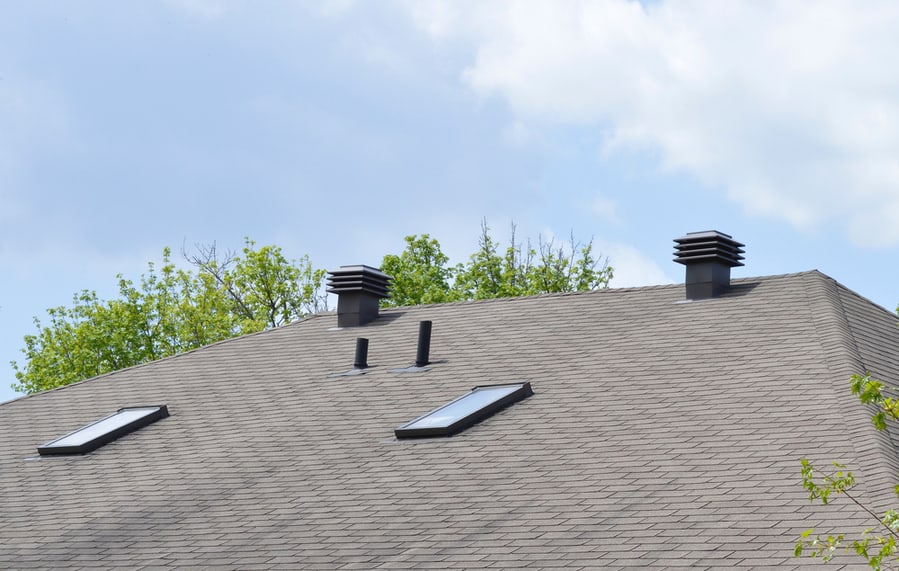
Maintain proper ventilation in your home, especially in hot and humid areas like the attic, kitchen, and bathroom. These wet areas of your home may become hot and humid in hot weather, producing an excess of moisture.
If not ventilated, moisture traps air inside your home and causes plywood delamination. Install ventilation fans or open your windows to bring in the fresh air and ventilate your surfaces.
3. Placement of Screws and Nails

As previously stated, improper screw or nail placement can bend plywood corners. These crooked edges allow moisture to migrate to the surface and delaminate it. To avoid this, keep the screws and nails at least 3/4 inches away from the corner of your plywood surface.
4. Proper Handling
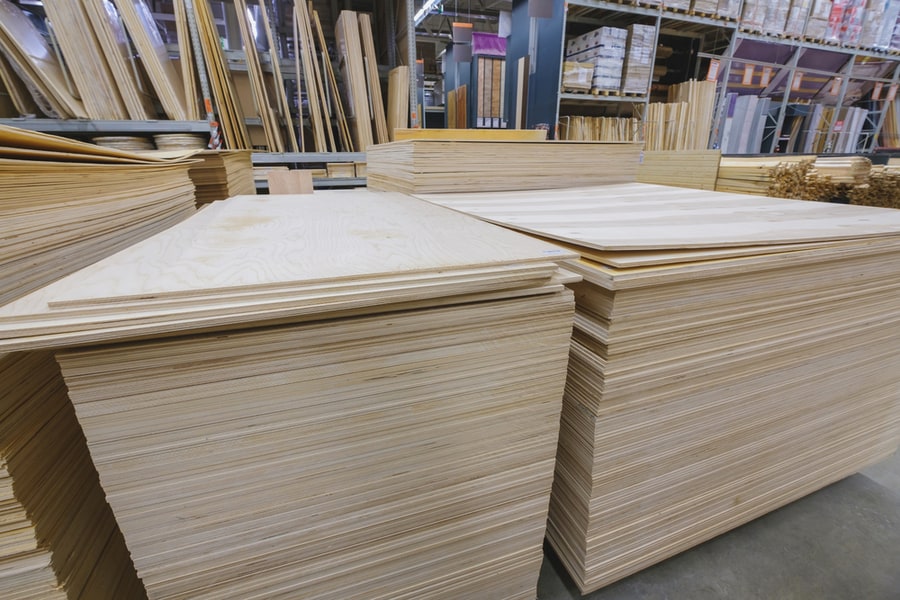
When not handled appropriately, plywood can develop broken edges, cracks, or separation between layers, resulting in delamination. To prevent any damage, lift the plywood carefully and store it in a ventilated area.
When installing the plywood, use tarps, plastic sheeting, and other protective measures to keep it away from moisture. In case your surface gets wet accidentally, wipe it with an absorbent towel and let it completely air dry.
The Bottom Line
Plywood is a durable building material that can last for decades if appropriately handled. All you need to do is purchase your plywood from a reliable contractor to avoid any manufacturing errors, keep it away from moisture, and install it carefully.
If you’ve noticed early signs of delamination in your plywood, don’t ignore it. Consult a professional and fix it immediately to prevent any significant damage.
